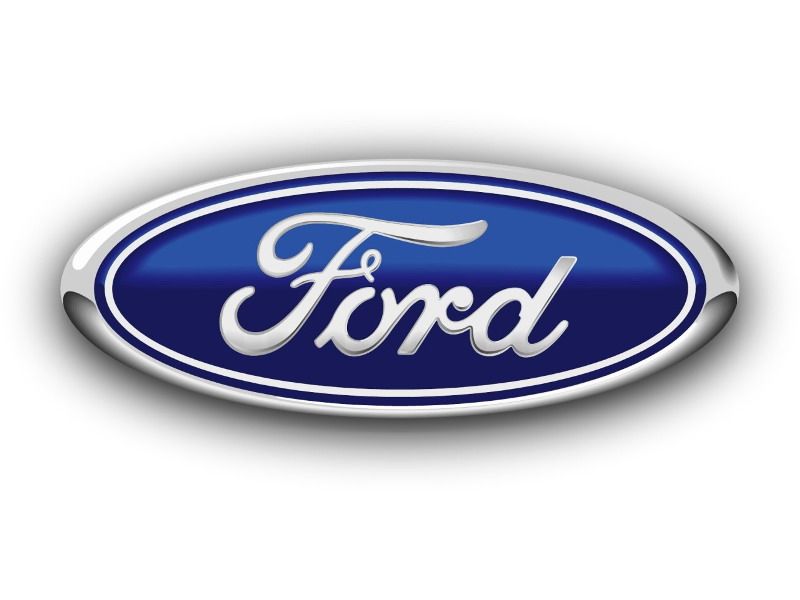Rolls-Royce is still living off that image. The sentence, written by legendary ad man David Ogilvy, so conveyed the essence of the product that it became the centerpiece of other ad campaigns, a short-hand for quality and luxury. Ford introduced the new LTD and defined it as quieter than a Rolls-Royce. Grey Poupon created a market for premium mustard simply by handing a bottle handed through the windows from one Rolls-Royce to another.
We’re hearing a lot about defining products more specifically. Ford says it will be cutting models and options to end product overlap and the confusion resulting from it. Ford seems to be saying much the same thing lately. But, though it’s not overtly said, the premise underlying much of this thinking seems to be that the problem is a lack of comprehension on the part of the public that we would better understand if only the message were not so complex.
That is dangerous and ultimately futile thinking. You may sell your product by creating a premium image for it, but you do not sell by condescending to your customers.
You must identify a need – even if it one that the customer has yet to discover is a need – and then show that your product fills that need. Ideally, that need also serves as a symbol for your product.
For the Rolls-Royce, it was silence. For Mr. Ogilvy, arriving at that conclusion probably didn’t require much thought. “Silent as a ghost” was an advertising motto that earned the Silver Ghost its name. Ogilvy’s genius was in creating value from a symbol. He made you need silence. Then he made clear that his product provided what you needed. He created a product identity for Rolls-Royce by making silence a value.
So, what exactly is the product identity of a Ford?
Is it the Flying Wallenda of automobiles, balancing on its left-side tires on a building ledge? Is it the car you’d swap your import for, provided they gave you the Ford for free? Or is it the safe but dull 500, er, Taurus? In reality, it is none of those things. Ford does not have a product identity, nor is it currently trying to develop one.
How many models of Toyota can you name, just off the top of your head? Camry. RAV4, maybe. Maybe more, but they you’re a car person. How many – other than the Camry – do you think the average person, whomever that might be, could name? My guess is not more than one. But, would not that person still have a distinct sense of the product identity of a Toyota?
Before eliminating models and product overlap will do any good, necessary steps as those may be, there must be a defined sense of the brand identity. Edge is not a brand. Ford is the brand. That name must stand for something and the models bearing that name must deliver that for which it stands. That is why Toyota sells cars. But it also works in reverse: if the products don’t live up to the meaning of the brand, the brand eventually loses its meaning and then has none. That’s why Toyota’s current reliability problems are a potentially devastating threat to it.
With apologies in advance for putting it this way, Ford has not focused on the main problem.
The previous employment of CEO Alan Mulally at Boeing did not prepare him to address the problem, or even see it. Since the day in 1954 when Boeing first flew the “Dash-80,” the prototype of the 707, before a crowd of dignitaries in Seattle – and the test pilot spontaneously chose to barrel roll it in front of the astounded spectators – there’s been absolutely no doubt about the product identify of Boeing.
It is, however, one thing to say what Ford hasn’t done, another to say what it ought to do. So, here goes:
The essence of Ford - the brand - is that Ford makes the exclusive affordable.
The Model T made cars, which were then exclusive, affordable.
The Model A made style in cars, which was then exclusive, affordable.
The Model B made power and the V-8, which was then exclusive, affordable.
The ’49 Ford, albeit briefly, made modern styling affordable.
The 1964½ Mustang made sporty cars, which were then exclusive, affordable.
The Ford Motor Company began loosing its focus in the mid-‘50’s because Henry Ford II defined the company as a competitor to General Motors and sought to match GM model-for-model. Ford competed with Chevy on Chevy’s turf and the company created the Edsel because GM had Buick, Oldsmobile, and Pontiac. By the time Henry Ford II fired Lee Iacocca, the company had become so strangled by this image of itself that it couldn’t see that the minivan – an idea developed at Ford but taken by Iacocca to Chrysler along with the man who’d had the thought – fit perfectly into the core concept of “Ford.”
There is a difference between value and economy. Value is determined by how well a product fulfills the customer’s desires and expectations. For some, a suite at the Ritz-Carleton is a value. Economy is, in contrast, a matter of price. People usually economize on things they don’t value. People who stay at the Super 8 are looking for a clean room, cheap. They’d rather spend their money elsewhere, on something they value more.
It’s easy to think of the Model T as economical because it was a “cheap” car. But it wasn’t cheap: when introduced, it cost $825. That was a lot less than any other car cost, but it was also more than the average American made in a year. It wasn’t an economy. It was an excellent value.
That is the legacy of the company.
It should be the meaning of its name, too.

